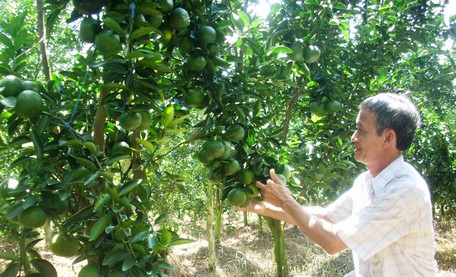 |
| To care for and protect fruit trees during the rainy season, gardeners need to pay attention to good drainage, disease prevention and control, and proper fertilization. Photo: NGUYEN HOANG MINH HOA |
Fruit trees are dry crops so most of them “fear” being flooded, but the rainy season is the period when the trees flower and bear young fruit. How to preserve the trees and fruit to have a full harvest during this season and at the beginning of the dry season is a difficult problem, the following basic technical measures need to be taken into consideration.
Make the garden well drained
According to experts and many experienced gardeners, during the rainy season, the amount of water supplied to the garden can be continuous and prolonged. If the garden cannot drain in time and is heavily flooded, the tree roots are easily damaged and susceptible to fungal diseases such as root rot, root fungus, etc., causing the tree to grow slowly, lose leaves, flowers and young fruit. If the tree is seriously ill, the main root system dies, leading to the tree dying as well.
Therefore, the most important condition for fruit trees to "live well" is to prevent the garden from being flooded, dig many sub-ditches about 20-30cm deep to create conditions for rainwater to drain quickly into the ditches.
In addition, it is necessary to reinforce the embankment and dike, dredge canals and ditches, and prepare pumps to be ready to prevent flooding when needed. When pumping, ensure that the water level in the ditch is at least 0.4-0.6m lower than the bed surface. Minimize walking in the garden to avoid shaking the roots of the plants and to prevent the soil from compacting.
Especially on rainy days, gardens with grass can help prevent soil erosion and crusting. Therefore, the beds need to be covered with grass on or around the base. If the grass layer is too thick, weeding should only be done around the base of the tree to keep it airy and limit disease, and should only be cut low when the grass grows too high.
When the garden is flooded by rain, the water needs to be pumped out quickly when the rain stops. If the topsoil becomes crusty and hard, use a hoe to break the crust under the tree canopy so that air and water can penetrate the ground more easily.
Disease prevention and proper fertilization
According to experts, during the rainy season, due to continuous rain and high humidity, the density of pests decreases significantly compared to the dry season. On the contrary, the density of harmful diseases on fruit trees increases, especially diseases caused by fungi that cause anthracnose, root rot and fruit rot.
For fungal diseases that mainly attack young leaf buds, stimulating leaf maturation is also a measure to limit fungal diseases. At the same time, it is necessary to prune old and excess branches to create ventilation for the tree, collect and destroy diseased parts to prevent spreading, spray copper-based drugs or Bordeaux solution to prevent fungal diseases from attacking the garden.
In addition, if possible, after each rain, gardeners need to use water spray or shake the trees to wash away the rainwater, which both eliminates the suitable environment for fungal growth and causes fungal spores to stick to the surface of leaves and branches with the falling water.
down to the ground
To prevent root-damaging fungi, lime can be spread (500 kg/ha) or lime can be applied to the tree trunk from the ground up 0.5-2m (depending on the type and height of the tree). This should be done once a year at the beginning of the rainy season.
When plants show signs of root rot, gardeners should not use fertilizers or chemical pesticides or spray them on the base of the plant because it will make the disease worse. Instead, they should use trichoderma antagonistic fungi to increase the activity of beneficial microorganisms in the soil, helping to balance the soil ecosystem and limit pathogenic fungi.
During the rainy season, it is advisable to limit the use of uncomposted organic fertilizers, as this will cause organic decomposition by microorganisms, consume air in the soil, and easily cause plant roots to lack air. Use of chemical fertilizers or growth regulators should be done with caution.
Depending on the stage of the tree, you can provide nutrients for the tree. If the tree is bearing fruit, it needs more nitrogen and potassium fertilizer, if it is growing new shoots, it needs more nitrogen and phosphorus fertilizer. Before fertilizing, you should lightly till the garden to prevent fertilizer from being washed away by rainwater.
 |
| During the rainy season, the garden needs to be dug with many trenches to help drain rainwater quickly. Use agricultural film to cover the bed surface during the "water-tightening" stage of flowering. |
According to the experience of farmer Nguyen Van Tot (55 years old, in Ngai Thanh hamlet, Hieu Thuan commune, Vung Liem district), the use of chemical fertilizers for orange trees during the rainy season should be prioritized, applying more fertilizer at the beginning of the rainy season after harvesting the fruit, pruning branches and leaves to create a canopy and loosening the soil around the base of the tree.
Because at this stage, there is not much rain, the soil is not saturated with water, the weather is sunny so the water evaporates easily. In the middle and end of the rainy season (September - November), there is a lot of rain, the garden is often flooded, so limit or stop applying chemical fertilizers to the soil because it can affect the roots of the tree, the tree can lose leaves, flowers, young fruit, so priority should be given to fertilizing through the leaves to help the tree absorb fertilizer better.
According to experts, to help plants grow new roots quickly and recover quickly after a long period of rain, gardeners can spray foliar fertilizers containing N, P, K, especially foliar fertilizers containing a lot of phosphorus, K-humate, humic fertilizers, etc. For flowering gardens affected by light to moderate rain, increase care and spray foliar fertilizers containing trace elements such as boron or growth regulators in the permitted list to reduce fruit drop and increase fruit set rate. In orchards with young fruit or fruit in the development stage, foliar fertilizers containing calcium, copper, boron, and zinc can be sprayed to prevent fruit cracking. Orchards with off-season fruit that are in the "water-tightening" stage to create flower buds should use waterproof plastic film as a roof for the garden bed surface, and at the same time, prepare good drainage in the garden to minimize the impact of rainwater on the effectiveness of flowering treatment. For gardens that are being treated for flowering or are flowering but are almost completely affected (plants cannot flower or flowers rot and fall off), cut off the inflorescences, continue to care for and nurture the plants to prepare for the next flowering treatment. In addition, use measures to tie and support the plants so that the branches, trunks, or trees do not break or fall due to heavy rain and strong winds during the rainy and stormy season. |
Article and photos: MINH HOA
Source link


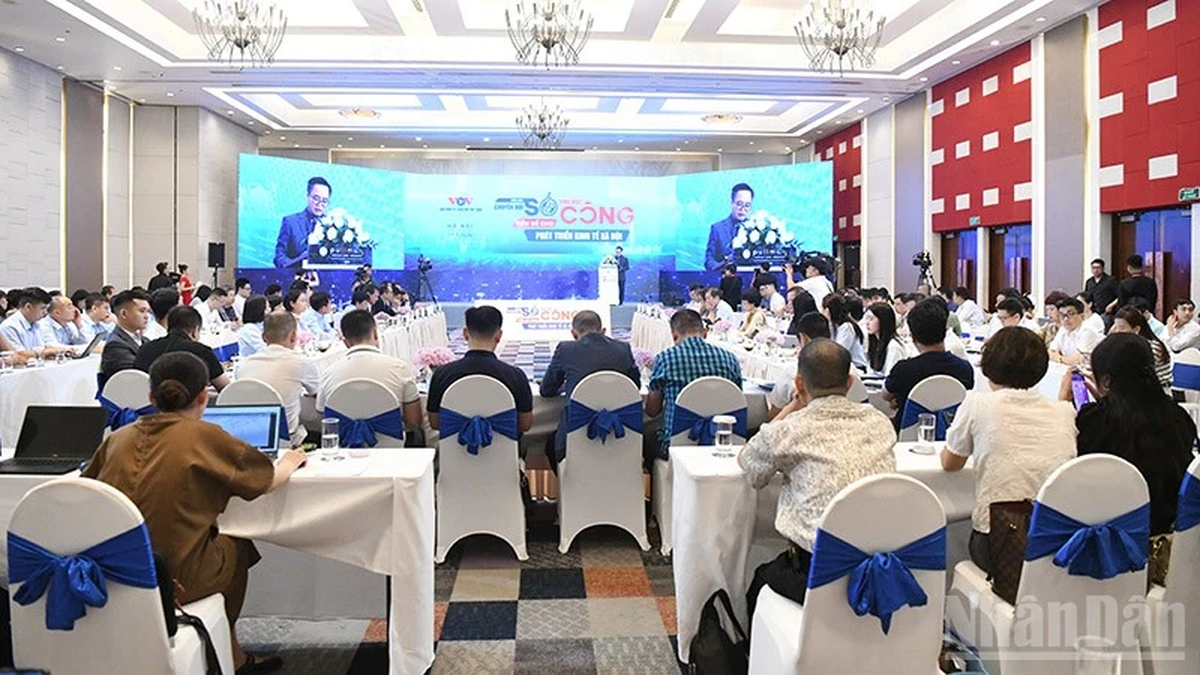


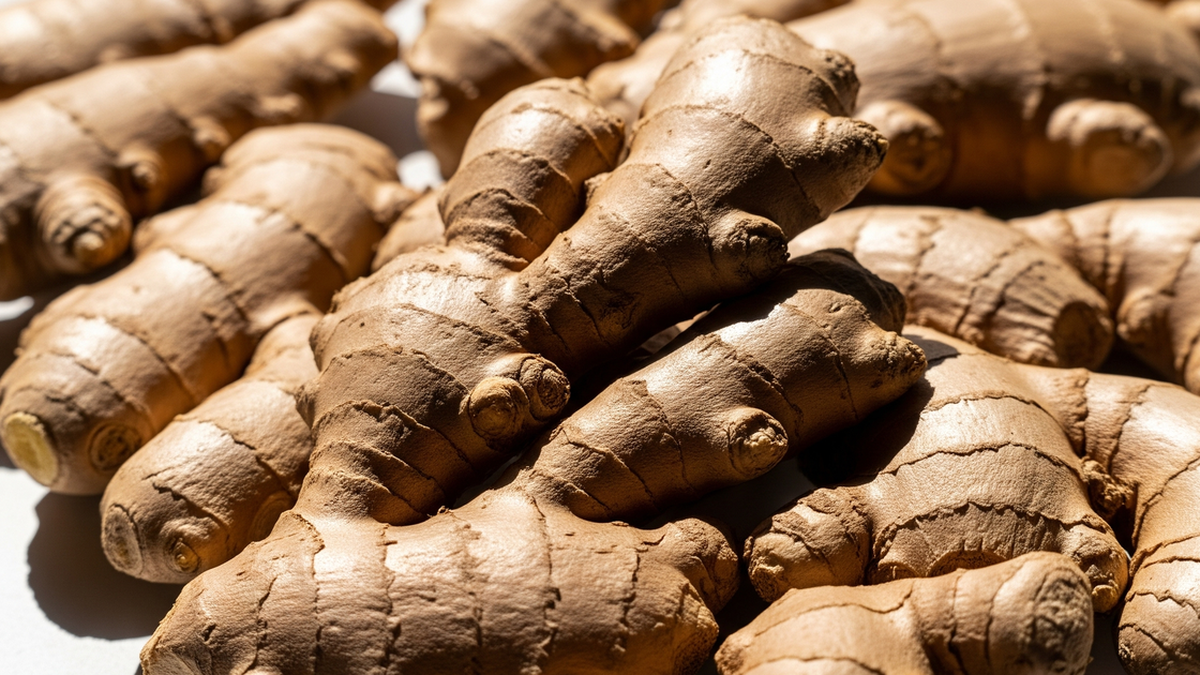



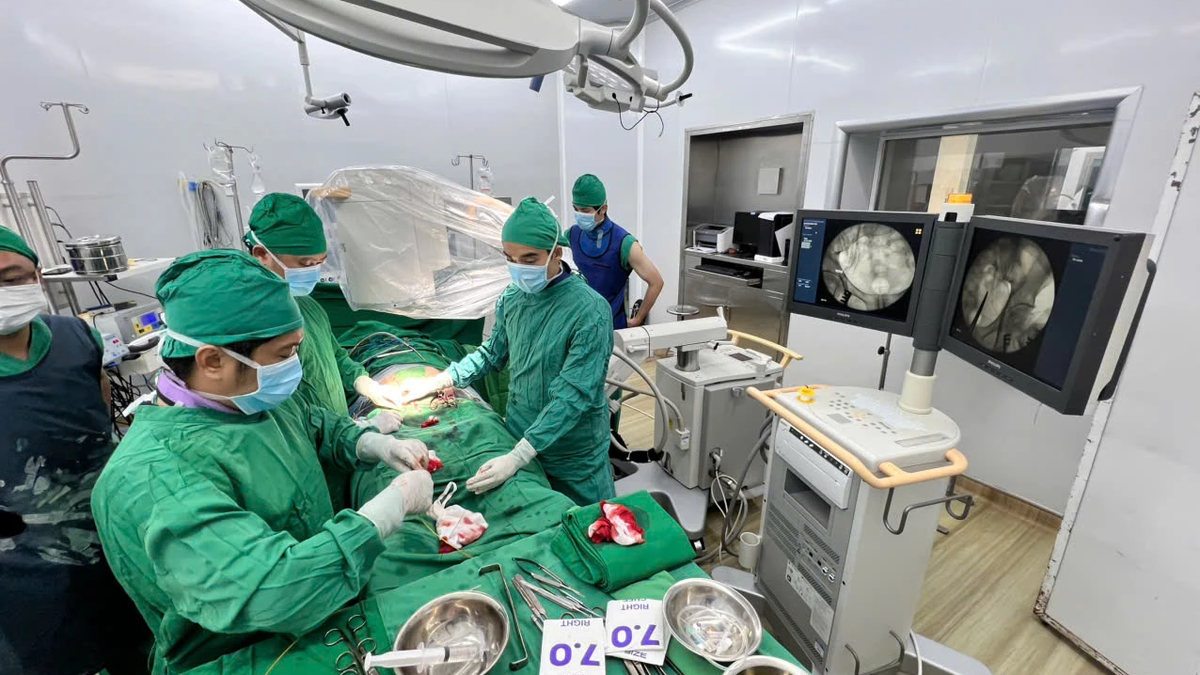
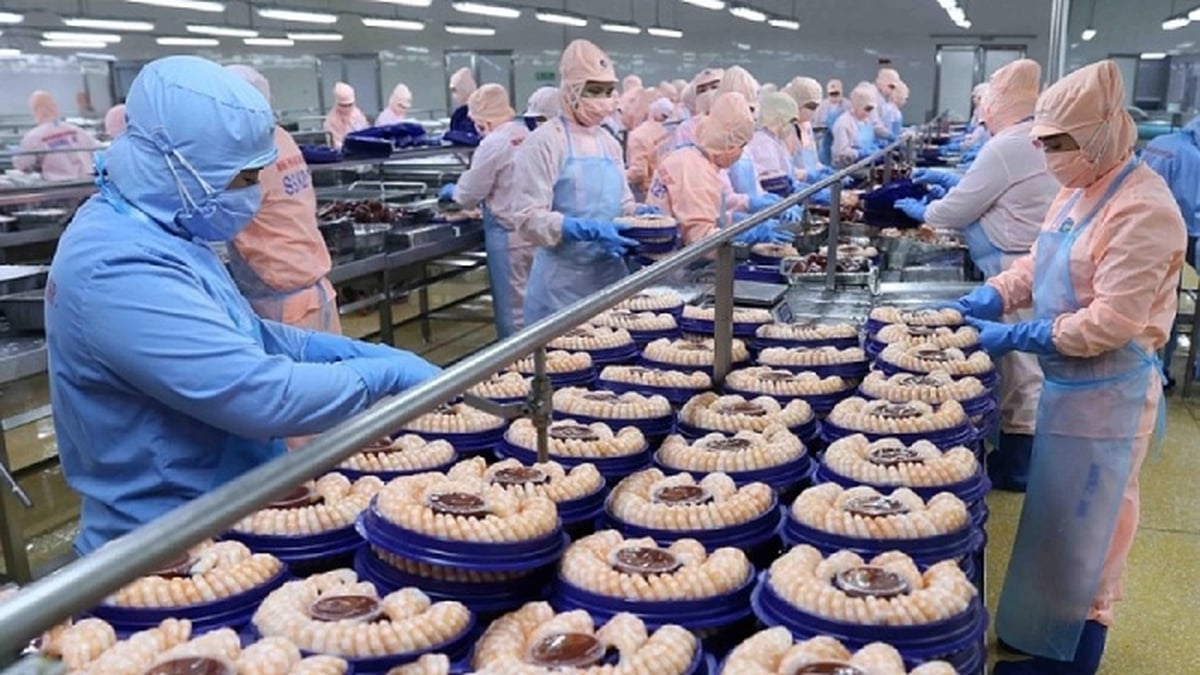

























































































Comment (0)